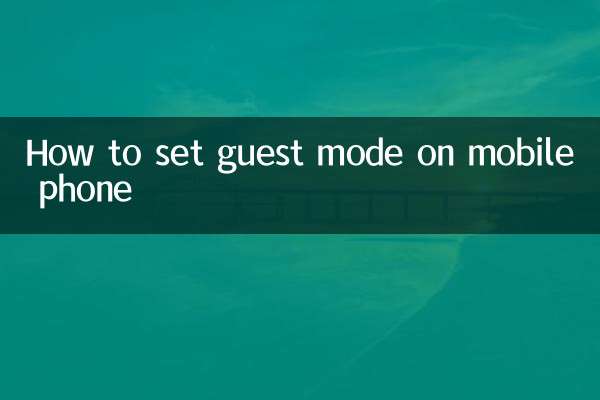How to project to TV
In modern life, projecting content from mobile phones, computers or other devices onto TVs has become a common need. Whether you're watching a movie, sharing photos, or giving a work presentation, mastering projection technology can greatly enhance the experience. This article will introduce several commonly used projection methods in detail, along with recent hot topics and hot content, to help you quickly implement TV projection.
1. Hot topics and hot content (last 10 days)

| hot topics | Hot content |
|---|---|
| European Cup live broadcast | Fans can project the game onto the TV through a projector and enjoy a big-screen viewing experience. |
| Summer movie and TV recommendations | The popular drama series "Qing Yu Nian 2" has triggered a demand for screen casting, and viewers are discussing how to cast to the screen in high definition. |
| Remote working tips | Professionals share a convenient method for video conferencing through TV screencasting. |
| Smart home trends | Wireless screen projection technology has become a standard feature of smart TVs and has attracted widespread attention. |
2. Common TV projection methods
1. Wireless screen projection (Wi-Fi or Bluetooth)
Wireless screen mirroring is currently the most popular method and is suitable for most smartphones, tablets, and computers. Here are the specific steps:
| Device type | Operation steps |
|---|---|
| Smartphone (Android/iOS) | Open the settings, select "Screencast" or "Screen Mirroring", search for the TV device and connect it. |
| Computer (Windows/Mac) | Press Win+P (Windows) or use AirPlay (Mac) to select the TV device to cast the screen. |
2. HDMI wired connection
The wired connection is stable and has low latency, making it suitable for scenes requiring high-definition picture quality.
| Device type | Required wires |
|---|---|
| laptop | HDMI cable (some devices require an adapter) |
| Mobile phone/tablet | Type-C to HDMI or Lightning to HDMI cable |
3. Use streaming media devices (such as Chromecast, Apple TV)
Such devices push content to TVs over wireless networks and support multiple platforms.
| Equipment | Features |
|---|---|
| Chromecast | Supports Google ecosystem and can project web pages, videos, etc. |
| Apple TV | Works seamlessly with iOS devices and supports AirPlay. |
3. Precautions
1.network environment: For wireless screencasting, make sure the device and the TV are on the same Wi-Fi network.
2.Resolution matching: Adjust the output resolution to fit the TV screen to avoid picture stretching.
3.Copyright restrictions: Some video apps (such as Netflix) may disable the screen casting function.
4. Summary
Whether through wireless or wired methods, projecting to a TV can be easily achieved. Choose the appropriate method based on device type and needs to enjoy the immersive experience brought by the large screen. Recent hot topics such as the European Cup live broadcast and remote working have further promoted the popularity of screen projection technology. The development of smart homes in the future will make this function more convenient.

check the details

check the details